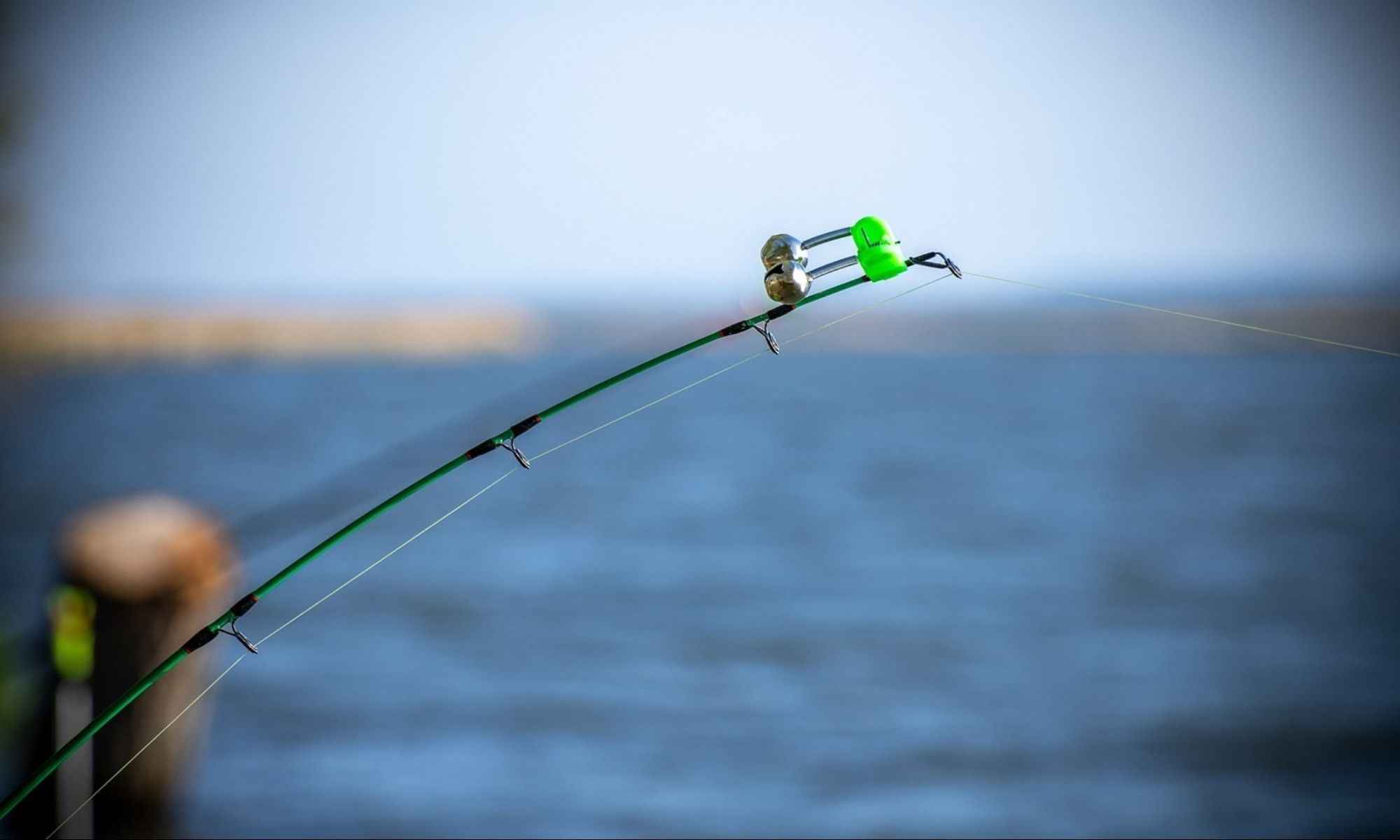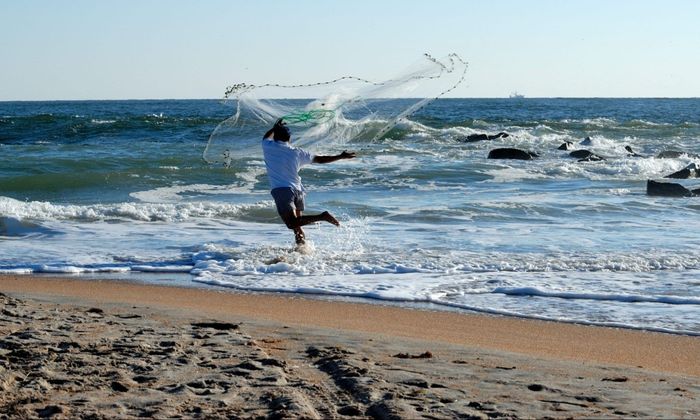Net, Pole and Line Fishing: Which Is Better
Learn about net and line fishing and find out which fishing method is better for sustainable fishing and the environment.

Humans have been fishing for sustenance since prehistoric times, long before we even thought about fly fishing for red drum or bowfishing in Louisiana. Fish are human’s best and biggest source of high-quality protein and are particularly significant animal protein sources in regions like Africa and Asia where there is less livestock.
After fishing the world’s oceans for so long, anglers have developed various methods to efficiently catch enough fish to feed several people and meet the demands of a growing population. Two of the most popular methods used to this day are net fishing and pole-and-line fishing.
The problem now is that as the world’s fish populations are becoming more depleted, the demand for fish has not slowed down, owing to the steady rise of the global population. Anglers and the fishing industry are now forced to reckon with this issue. If there’s no way they can halt fishing, then another way to go about it is to look at how they capture fish.

In this article, we’ll look at the two most common fishing methods anglers use for catching fish for table fare. We’ll compare and contrast net fishing and pole-and-line fishing to find out which is better and more sustainable in the long run.
Net Fishing

Humans have used nets for fishing since ancient times. The earliest record of netting fish dates back to 8300 BCE. Ancient Norse and Egyptian people have been known to use nets for fishing. Even the Bible has mentions of netting fish.
Back in the day, nets were made from grass and vines. Today, they’re typically made of nylon and other artificial fibers. Some can be made from silk or wool. These fibers are woven into patterns that help ensnare the target fish. Some nets are a mesh pattern with knots to secure the catch better.
There are several types of fishing nets used for commercial and non-commercial purposes. The most commonly known are bottom trawl nets, drift nets, gill nets, and seines. Bottom trawl nets and drift nets have become steadily unpopular over the years because of the high kill rate of their unwanted catches. Others, like gill nets, have been outright banned in some countries.
Net Fishing - Advantages and Disadvantages
Net fishing is still being used to this day mostly by commercial anglers because they’re very effective at catching a big haul at a time. Using a set net like a seine is also more convenient to work with. Net fishing is particularly suited for targeting schooling fish isolated from other animals that anglers wouldn’t want to catch. And because they’re easy to work with, they can be brought in quickly to the boat, and the catch isn’t left out for too long.
However, its advantages are outweighed by its disadvantages. For one, all types of fishing nets will have unwanted bycatch. Most nets are so effective at capturing fish that they can capture all kinds of underwater species, including small fish, turtles, and young marine animals.

Ghost netting is another great disadvantage of net fishing. Ghost netting occurs when nets are separated from their anchor and the fishing vessel, landing on the sea floor or roving in the water. These ghost nets can trap sea animals and destroy the coral reef. They can also be ingested by animals, posing risks underwater for marine animals and human divers.
Pole-and-Line Fishing
Pole-and-line fishing, or line fishing, is one of the basic fishing methods today. It involves a one-rod setup with a barbless hook. The hook will include some lure or bait to entice fish to the surface close to the boat. Some use lights and shiny lures, while others scatter bait.
One of the biggest industries taking advantage of this form of fishing is the tuna fishing industry.
Pole-and-Line Fishing - Advantages and Disadvantages
This form of basic fishing is known to be one of the most sustainable methods. Unlike net fishing, it does not result in unwanted bycatch. A recent study of line fishing in the Maldives shows that bycatch in this type of fishing amounts only to 0.65%, compared to 5% in purse seine fishing and 28% in longline tuna fishing. With line fishing, there’s less chance of catching unwanted species; if you do, you can easily release them back into the water with limited injury.
Pole-and-line fishing is a good match for catching skipjack tuna and albacore tuna, two of the world’s healthiest tuna populations.
Line fishing also encourages smaller-scale operations and less exportation. This means less carbon footprint from transporting fish. Local consumption also helps enliven the local fishing industry. It may even drive more tourists to an area known for a particular catch. Because line fishing is more labor-intensive than net fishing, it can create more jobs.
Most importantly, the basic fishing gear setup for pole-and-line fishing rarely comes in contact with coral reefs, a major boon to the environment compared to the damage caused by ghost nets.
However, some fishing gear and equipment used in pole-and-line fishing may break and drift into the water. This can add to ocean pollution and may even be ingested by marine animals.
Another disadvantage of pole-and-line fishing is the use of live bait. The most popular bait fish, sardines, have become overfished because of this. Animal welfare activists are also against using live bait fish as it adds to the suffering of the fish.
Which is Better - Net Fishing or Pole-and-Line Fishing?
Net fishing, particularly commercial trawling and drift gillnets, may be great for large-scale fisheries, but they are a very unsustainable fishing method, given the conditions of the world’s oceans. Compared to the major disadvantages of net fishing, pole-and-line fishing seems to be the more sustainable fishing method.
Book a Fishing Charter
Whether or not you’re planning to catch table fare on your Tennessee fishing trips or your fishing tours on the Georgia coast, booking a fishing charter or guide is a must. Fishing West Palm Beach? Tuna Wahoo Charters and Do Stay Sportfishing Charters are your master guides. Looking for bass fishing trips in Texas? Hunt for big bass with Lake Fork Premier Guide Service and Bass Fishing Pro Eddie Garrett.




